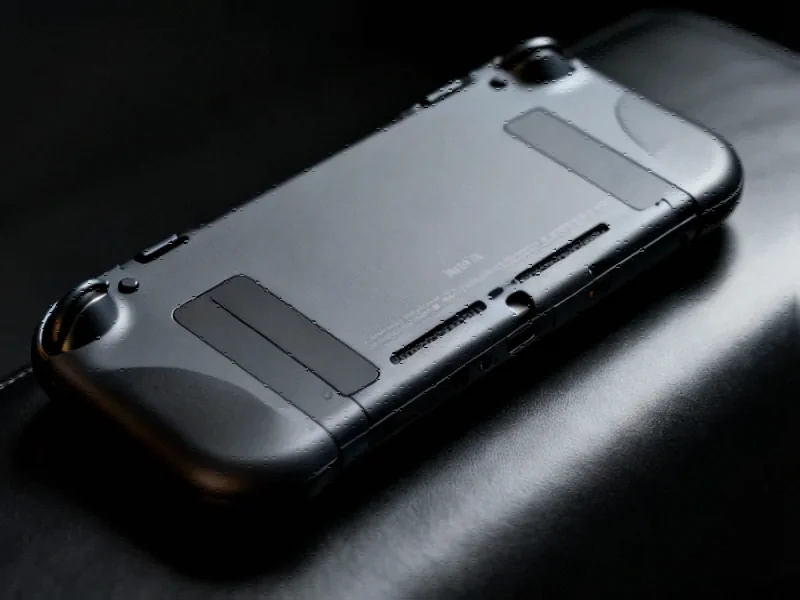Xbox Clarifies Pricing Authority for ROG Ally X
In a recent interview with Variety, Xbox President Sarah Bond addressed the $1,000 price tag of the newly released ROG Ally X handheld gaming device, clarifying that the decision was made solely by hardware manufacturer Asus. Despite being marketed with Xbox branding and offering seamless integration with Xbox libraries and Game Pass, the pricing strategy falls outside Microsoft’s direct control. Bond emphasized that Asus leveraged its market insights and understanding of consumer preferences to determine the final cost.
Market Reception Defies Price Concerns
Despite initial sticker shock, the ROG Ally X has garnered overwhelmingly positive feedback from critics and consumers alike. IGN praised it as “the new handheld gaming PC to beat,” though they highlighted the price as a significant consideration. Bond reported that demand has been robust, with devices selling out rapidly on the Xbox Store and other global retailers, indicating that the market perceives value in the hardware despite its premium cost.
Comparative Analysis with Competing Devices
When stacked against rivals, the ROG Ally X’s pricing appears more justified. It competes in a segment where devices like the Lenovo Legion Go 2 and MSI Claw A8 also command high prices. IGN noted that while it’s more expensive than the Nintendo Switch 2 or Steam Deck, it offers advanced features that align with its cost. For those interested in broader gaming industry developments, the evolution of handheld PCs reflects a trend toward high-performance, portable gaming solutions.
External Factors Influencing Pricing
Tariffs on U.S. imports played a role in the delayed pricing confirmation, adding layers of complexity beyond Asus or Microsoft’s control. These economic pressures underscore how global trade dynamics can affect consumer electronics. For context on how external factors impact technology markets, consider recent technology infrastructure challenges that have reshaped industry strategies.
Xbox’s Future in Handheld Gaming
While Phil Spencer has expressed interest in a first-party Xbox handheld, reports suggest such plans are currently on hold. The success of third-party collaborations like the ROG Ally X might influence future decisions, but for now, Microsoft is focusing on enhancing its ecosystem. To understand how companies are adapting to related innovations in AI and digital integration, explore the shifts in onboarding technologies.
Broader Implications for Hardware Ecosystems
The partnership between Xbox and Asus highlights a growing trend of bridging consoles and PCs, offering gamers flexibility and cross-platform access. This approach aligns with Xbox’s hardware evolution, which emphasizes interoperability and expanded gaming experiences. Additionally, as consumers weigh costs, it’s worth noting how market trends in sustainability are influencing purchasing decisions across industries.
Conclusion: Value Perception in a Competitive Landscape
The ROG Ally X’s pricing strategy, set by Asus, has not deterred initial sales, demonstrating that perceived value can outweigh cost concerns in a premium segment. For a deeper dive into Xbox executives’ insights on pricing strategies, this analysis provides further context on how companies navigate high-stakes market decisions. As the handheld gaming market evolves, balancing features, cost, and consumer expectations will remain critical to success.
This article aggregates information from publicly available sources. All trademarks and copyrights belong to their respective owners.
Note: Featured image is for illustrative purposes only and does not represent any specific product, service, or entity mentioned in this article.



